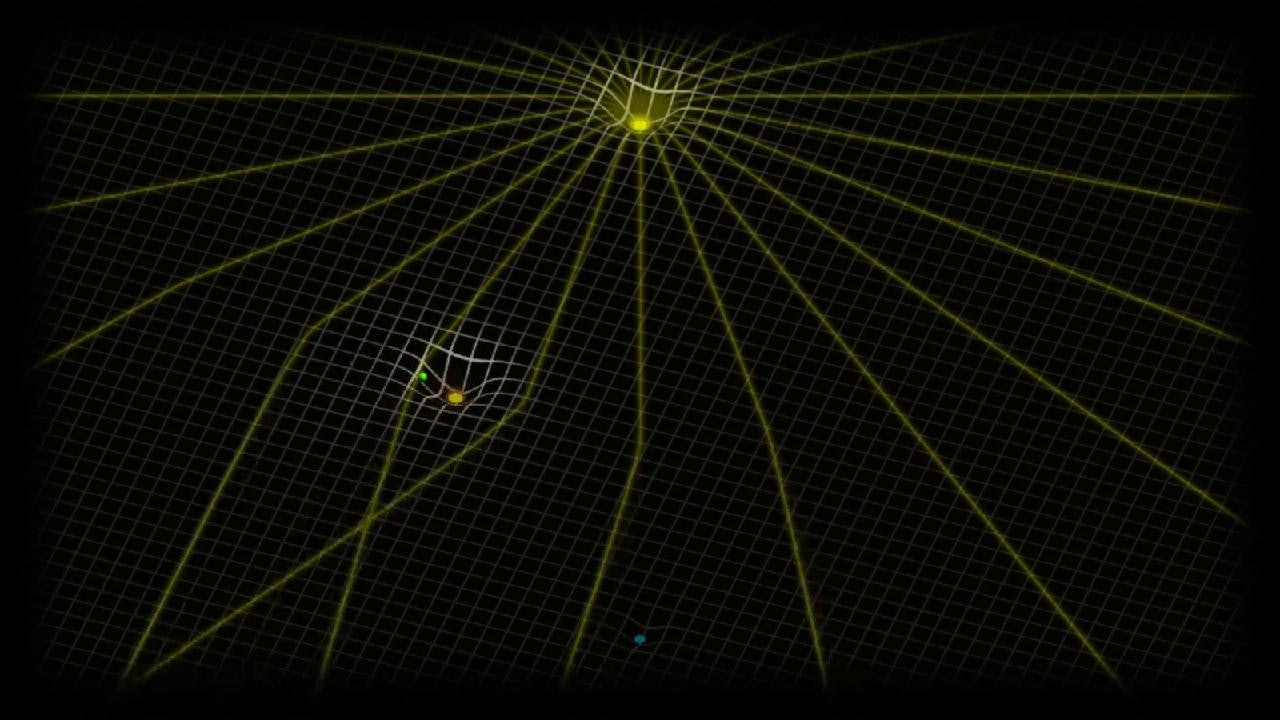
Ever since Galileo first pointed a telescope toward the night sky in 1609, novice and professional astronomers alike have been using the curvature of optical lenses to peer deep into the night sky. In the centuries since the first use of telescopes, scientists have invested billions of dollars into large space observatories — like the $10 billion James Webb Space Telescope launched at the end of 2021 — that can stare longer and further into space than ever before.
But, while these telescopes are far better at “seeing” distant light than any human eye, they’re not always as good as the kind of lens naturally created by space itself. A technique originally theorized by Einstein called “gravitational lensing” has now been used to help the Hubble Space Telescope see the most distant single star ever.
The findings were published recently in the journal Nature. But how does gravitational lensing work? Here’s the Inverse breakdown.
How does gravitational lensing work?
When you look at the Moon through the telescope in your bedroom, two main things are happening:
- Light from the Moon is zooming towards you in a straight line
- The curved lens of your telescope is focusing that light and magnifying it as it enters the lens in your eye
In many ways, gravitational lensing is no different. But instead of using a piece of curved glass to magnify distant objects, this natural technique uses the curvature of space-time created by massive objects. In the case of Hubble’s latest discovery, a heavy cluster of galaxies warped the space-time fabric in front of a distant star.
As a result, the straight light emitting from this star some 28-billion light years away was bent around the space-time curvature and focused back towards Hubble’s eye. The magnification of gravitational lensing can vary, but in this case, it magnified the star’s light by thousands of times.
“Typically at these distances, we see full galaxies as small, fuzzy objects, and we then infer details about the stars within from their aggregate light,” study lead author Brian Welch, a grad student at Johns Hopkins University, told Space.com. “With this lensed star, we can study its light independently… [and] improve our understanding of stars in the early universe.”

Who discovered gravitational lensing?
Like any idea involving gravity and space-time, it’s probably no surprise that gravitational lensing has strong ties to Einstein — in particular, to his theory of general relativity, which, among other things, predicts that massive objects are capable of warping a space-time fabric. From this initial theory, Einstein also proposed that it would be theoretically possible for these warps in space-time to act as a magnifying lens.
Unlike some of Einstein’s ideas which took decades to experimentally confirm (e.g. the existence of gravitational waves), Einstein’s peers found proof of gravitational lensing only four years after its original proposal.
Led by scientist Sir Arthur Eddington, a group of scientists traveled to Africa in 1919 to observe a total solar eclipse and see whether or not starlight from previously charted stars would appear displaced as an effect of gravity. To their astonishment, the stars did appear to move as a result of the eclipse’s lensing.
Famously, Sir Eddington performed a short poem about the phenomenon at a dinner shortly after the trip:
“Oh leave the wise our measures to collate
One thing at least is certain, light has weight
One thing is certain and the rest debate
Light rays, when near the sun, do not go straight.”
What has gravitational lensing found?
While the Hubble discovery might be one of the latest examples of using gravitational lensing, it’s far from the only discovery made with this technique in recent years. In addition to finding stars, gravitational lensing has also been used to find distant galaxies and is a popular technique for exoplanet scientists.
Gravitational lensing may not be as reliable as other techniques, thanks to the random and fleeting nature of the effect, but hundreds of years after its prediction, it’s still helping scientists make huge advances in understanding our universe.







